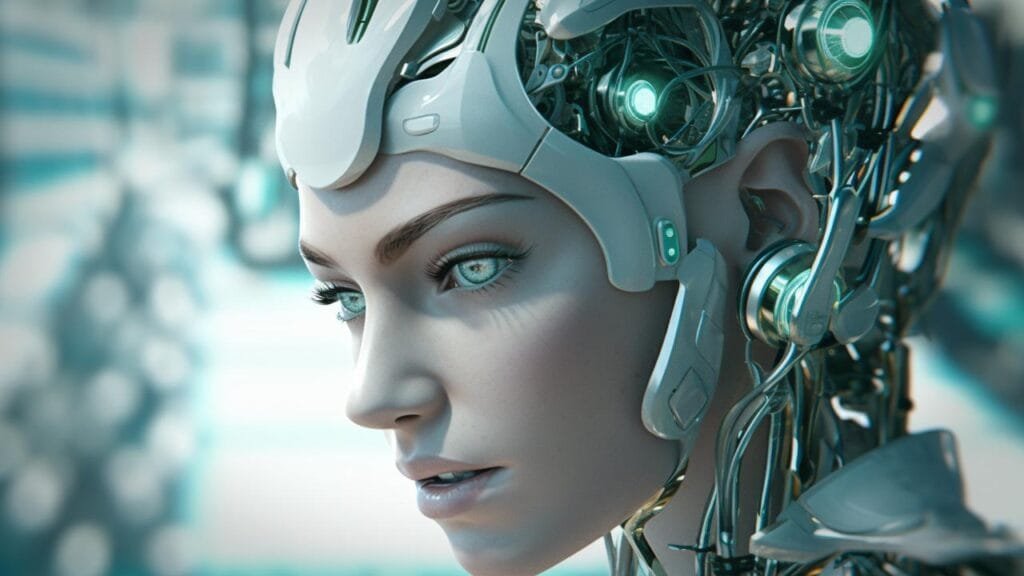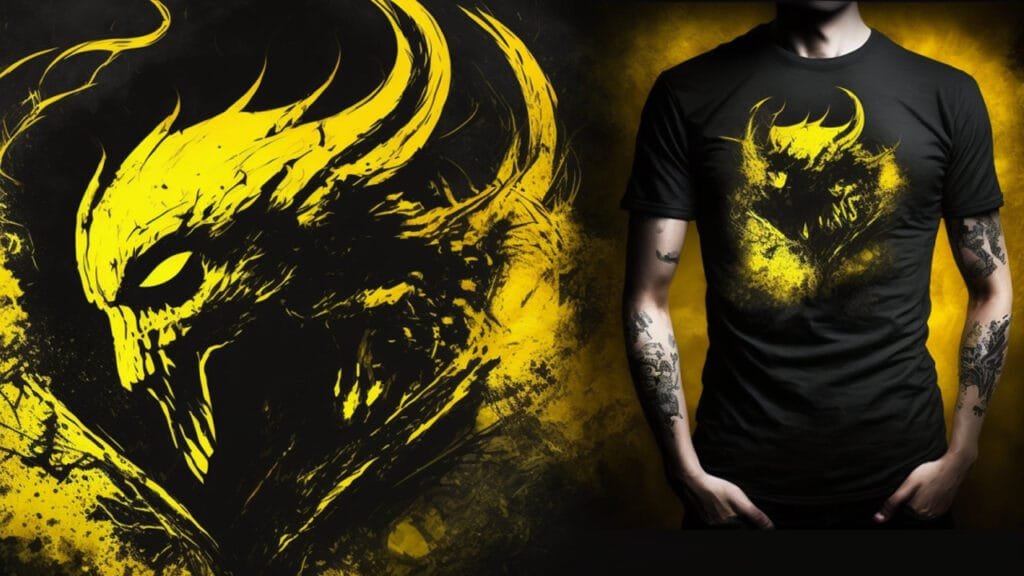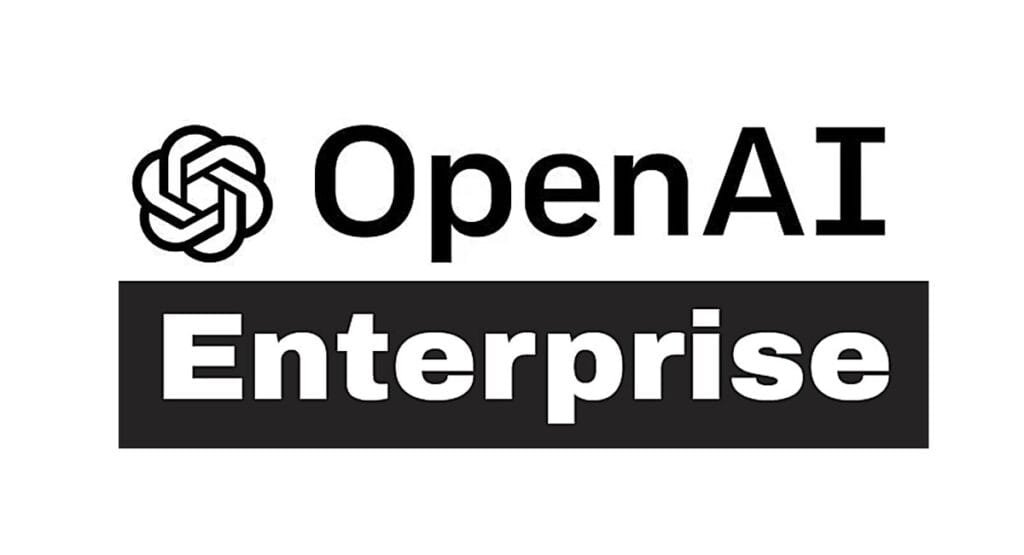Artificial Intelligence (AI) has been making waves across various industries, and one of the areas where it has shown significant promise is in the realm of text-to-image generation. This article delves into the world of AI text-to-image generating tools, providing a comprehensive understanding of their functionality, applications, and the technology behind them.
Introduction
The advent of AI has brought about a revolution in the way we interact with technology. From voice assistants to self-driving cars, AI has permeated almost every aspect of our lives. One of the most fascinating applications of AI is the ability to generate images from textual descriptions, a capability that has far-reaching implications across numerous sectors.
In this article, we will explore the concept of AI text-to-image generation, its underlying technology, the various tools available, and their applications. We will also delve into the future prospects of this technology and its potential impact on different industries. By the end of this article, you will have a comprehensive understanding of AI text-to-image generating tools, their capabilities, and their potential applications.
What is AI Text-to-Image Generation?
AI text-to-image generation, also known as text-to-image synthesis, is a subfield of artificial intelligence that focuses on the conversion of textual descriptions into corresponding visual representations. This technology is a testament to the advancements in AI, particularly in the realm of machine learning and deep learning.
The process begins with a textual input, which could be as simple as a single phrase like “a red apple” or as complex as a detailed description of a scene. This input is then processed by the AI model, which interprets the text and generates a corresponding image.
The goal of AI text-to-image generation is to create images that are as accurate and realistic as possible based on the provided text. This requires the AI to not only understand the literal descriptions in the text but also interpret abstract concepts, context, and even emotions. For instance, if the input text is “a sunset over a serene lake,” the AI needs to understand the concepts of “sunset,” “serene,” and “lake,” and generate an image that accurately represents these concepts in the correct context.
The ability of AI to generate images from text is a significant leap forward in the field of machine learning. It demonstrates the potential of AI to mimic human-like understanding and creativity, as it requires a deep understanding of language, context, and visual representation.
AI text-to-image generation is made possible through the use of advanced machine learning models, particularly Generative Adversarial Networks (GANs). These models are trained on large datasets of images and their corresponding textual descriptions, learning to associate specific words and phrases with certain visual elements. Over time, the models become capable of generating images from new textual inputs, even creating unique and original images from abstract or imaginative descriptions.
In the next section, we will delve deeper into the technology behind AI text-to-image generation, providing a more detailed understanding of how these AI models work.
The Technology Behind AI Text-to-Image Generation
The primary technology that powers AI text-to-image generation is a type of machine learning model known as Generative Adversarial Networks (GANs). GANs were introduced by Ian Goodfellow and his colleagues in 2014 and have since revolutionized the field of generative AI.
Understanding Generative Adversarial Networks (GANs)
GANs consist of two parts: a generator network and a discriminator network. These two networks work in tandem in a kind of competition, which is where the term “adversarial” comes from.
The generator network takes a random noise vector as input and outputs an image. The goal of the generator is to create images that are indistinguishable from real images.
The discriminator network, on the other hand, is a binary classifier that takes an image as input and outputs a probability that the image is real (as opposed to being generated by the generator network). The goal of the discriminator is to correctly classify images as real or fake.
During training, the generator and discriminator are in a constant tug of war. The generator tries to fool the discriminator by generating increasingly realistic images, while the discriminator tries to get better at distinguishing real images from generated ones. Over time, this adversarial process leads to the generator network producing highly realistic images.
Text-to-Image Synthesis with GANs
In the context of text-to-image synthesis, GANs are used in a slightly different way. Instead of the generator network taking a random noise vector as input, it takes a textual description. This textual description is first encoded into a semantic vector using a text encoder (such as a Recurrent Neural Network or a Transformer), and this semantic vector is then used as input to the generator network.
The discriminator network also undergoes a slight modification. Instead of just taking an image as input, it takes both an image and a textual description. The goal of the discriminator is then to determine whether the image correctly corresponds to the textual description.
This modified version of GANs is often referred to as conditional GANs, as the generation process is conditioned on the input text. Some of the most successful text-to-image synthesis models, such as AttnGAN and DALL-E, are based on this conditional GAN architecture.
In the next section, we will explore some of these AI text-to-image generating tools in more detail, discussing their unique features and capabilities.
AI Text-to-Image Generating Tools
There are several AI text-to-image generating tools available today, each with its unique features and capabilities. Here are some of the most notable ones:
Midjourney AI Tools
Midjourney is known for developing AI tools that cater to various creative needs, including text-to-image generation. Their AI models are typically designed to understand the context of the input text and generate corresponding visual content. This can be particularly useful in fields like digital marketing, content creation, and design, where visual representation of ideas is crucial.
Midjourney offers the capability to generate superior-quality images from straightforward text prompts. The convenience of this tool is further enhanced by its compatibility with the Discord chat application, eliminating the need for any specialized hardware or software. However, unlike many competitors that offer a limited number of free image generations, Midjourney requires a subscription plan for users to begin creating images.
DALL-E by OpenAI
DALL-E is a powerful AI tool developed by OpenAI that creates images from textual descriptions. It is a 12-billion parameter version of GPT-3 trained to generate images from text descriptions, using a dataset of text–image pairs. DALL-E has a diverse set of capabilities, including creating anthropomorphized versions of animals and objects, combining unrelated concepts in plausible ways, rendering text, and applying transformations to existing images.
DALL-E is a transformer language model that receives both the text and the image as a single stream of data containing up to 1280 tokens, and is trained using maximum likelihood to generate all of the tokens, one after another. Each image caption is represented using a maximum of 256 BPE-encoded tokens with a vocabulary size of 16384, and the image is represented using 1024 tokens with a vocabulary size of 8192.
The images are preprocessed to 256×256 resolution during training. Each image is compressed to a 32×32 grid of discrete latent codes using a discrete VAE that was pretrained using a continuous relaxation. This training procedure allows DALL-E to not only generate an image from scratch but also to regenerate any rectangular region of an existing image that extends to the bottom-right corner, in a way that is consistent with the text prompt.
DeepArt
DeepArt is another AI tool that turns text into art. It uses a different approach, focusing on style transfer to create unique pieces of art based on textual descriptions. While it may not generate images in the same way as DALL-E, it’s a notable tool in the realm of AI-generated art.
Runway ML
Runway ML is a creative toolkit powered by machine learning. It’s a platform that allows creators to use pre-trained machine learning models and apply them to various media types, including text and images. While not a dedicated text-to-image tool, its capabilities can be leveraged to create unique visual content based on textual input.
Each of these tools has its strengths and unique features, making them suitable for different applications. In the next section, we will explore some of these applications and the impact of AI text-to-image generation on various industries.
Applications of AI Text-to-Image Generation
AI text-to-image generation has a wide range of applications across various industries. Its ability to create visual content from textual descriptions opens up numerous possibilities for creativity, communication, and understanding. Here are some of the key applications:
Creative Sector
In the creative sector, AI text-to-image generation can be used for generating artwork, designing graphics, and creating visual content for marketing. Artists can use these tools to bring their ideas to life, creating unique pieces of art based on their textual descriptions. Graphic designers can use these tools to quickly generate design concepts, saving time and effort in the design process. Marketers can use these tools to create engaging visual content for their campaigns, tailored to their specific marketing messages.
Scientific Visualization
In the scientific community, AI text-to-image generation can aid in visualizing complex concepts and phenomena. Scientists can use these tools to generate visual representations of their research findings, making them more accessible and understandable to a wider audience. For example, a researcher studying climate change could use a text-to-image tool to generate images of how a specific location might look in the future under different climate scenarios.
Retail and E-commerce
In the retail industry, AI text-to-image generation can be used to generate product images based on textual descriptions. This can be particularly useful for online retailers, who can use these tools to create realistic images of their products without having to physically produce and photograph each product. This could save time and resources, and also allow for greater flexibility in showcasing different product options and variations.
Education
In education, AI text-to-image generation can be used to create educational materials and aids. Teachers can use these tools to generate visual aids that complement their teaching materials, helping students better understand the concepts being taught. For example, a history teacher could generate images depicting historical events based on their textual descriptions, bringing history to life for their students.
Entertainment and Media
In the entertainment and media industry, AI text-to-image generation can be used to create visual content for films, animations, video games, and more. Filmmakers and animators can use these tools to generate concept art and storyboards, while game developers can use them to create game assets and environments.
These are just a few examples of the potential applications of AI text-to-image generation. As the technology continues to evolve, we can expect to see even more innovative and exciting uses for this technology.
The Future of AI Text-to-Image Generation
The future of AI text-to-image generation looks promising, with advancements in AI and machine learning expected to enhance the capabilities of these tools. As the technology matures, we can expect to see more accurate and high-quality image generation, opening up new possibilities for its application.
Improved Accuracy and Realism
One of the main areas of improvement in the future of AI text-to-image generation is the accuracy and realism of the generated images. While current tools can produce impressive results, there are still instances where the generated images do not perfectly match the input text. Future advancements in AI and machine learning algorithms, particularly in the field of GANs, are expected to address this issue, leading to more accurate and realistic image generation.
Handling of Complex and Abstract Concepts
Another area of improvement is the handling of complex and abstract concepts. Current AI text-to-image tools can struggle with abstract or imaginative descriptions, often producing images that are not quite what the user intended. Future advancements in natural language processing and understanding could help AI models better interpret such descriptions, leading to more creative and imaginative image generation.
Integration with Other Technologies
The future of AI text-to-image generation also lies in its integration with other technologies. For instance, integrating AI text-to-image tools with virtual reality (VR) or augmented reality (AR) technologies could open up new possibilities for creating immersive and interactive experiences. Users could potentially create their own virtual worlds simply by describing them in text.
Ethical Considerations and Regulations
As with any AI technology, the future of AI text-to-image generation will also involve addressing ethical considerations and potential regulations. Issues such as copyright infringement, deepfakes, and the potential misuse of the technology will need to be addressed as the technology continues to evolve.
In conclusion, the future of AI text-to-image generation is bright, with the potential to revolutionize various industries, from art and design to marketing and entertainment. However, it also comes with its own set of challenges and considerations, which will need to be addressed as the technology continues to evolve.
Sources
This article draws on a range of sources, including academic research, industry reports, and expert opinions. Some of the key sources include:
I write for and assist as the editor-in-chief for 601MEDIA Solutions. I’m a digital entrepreneur since 1992. Articles may include AI assisted research. Always Keep Learning! Notice: All content is published for educational and entertainment purposes only. NOT LIFE, HEALTH, SURVIVAL, FINANCIAL, BUSINESS, LEGAL OR ANY OTHER ADVICE. Learn more about Mark Mayo



